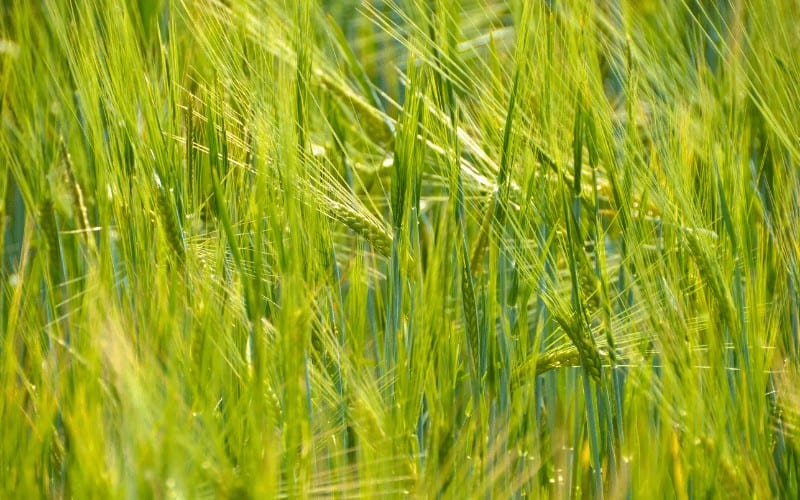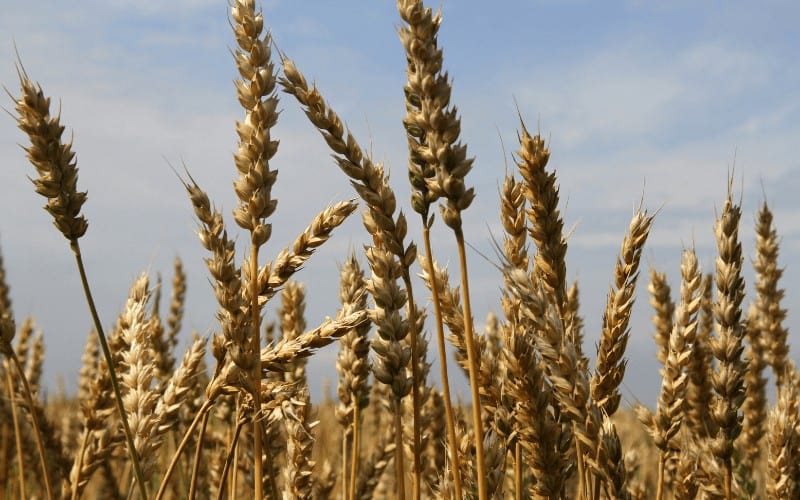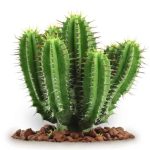Wheat has become a common food among many people; it has several health benefits and is cultivated in many parts of the world. But is wheat man made or still in its natural form? Basically, the modern-day wheat is man-made, and we'll explain more later in the article.
With the understanding that most of the veggies and fruits we consume today are actually man-made. Today, we would concisely look at the history of wheat, which would leave us with the perfect answer to this question.
However, on a quick note, wheat is a typical grass with a fruity kernel called "caryopsis."
It may also interest you to know that wheat is one of the most three cultivated and exploited cereals; the other two are maize and rice.
Table of Contents
Where Does Wheat Come From Originally?

Wheat, a nutritious veggie (rich in carbohydrate, protein, and dietary fiber), is practically a grass widely cultivated for its seed; the seed is a cereal grain that serves as a worldwide staple food.
Archaeologists suggest that the origin of wheat can be traced down to 9600 BCE. It is believed that wheat was first cultivated in the Fertile Crescent regions in the said year, 9600BCE.
More so, botanically, the wheat kernel is recognized as a typical fruit, called a caryopsis. The nutritious nature of wheat has made it a very important vegetable cultivated worldwide.
As a plant, wheat belongs to the genus Triticum, in the family Poaceae. The seed emits a typical flavor that is believed to be pleasing to primitive people.
The earliest ancestors of wheat are said to be wild einkorn and emmer, which were spotted in The Fertile Crescent roughly 75,000 years ago.
At a time, Triticum dicoccum (Wild Emmer) was domestically and preferentially cultivated by farmers to create domesticated wheat that has larger grains, with seeds enclosed in spikelets.
Through selective breeding, farmers looked out for certain traits in the wild species of wheat, and deliberately created the domesticated wheat we see today.
Quick Note: to date, highly domesticated varieties/species of wheat cannot survive in the wild.
Is Wheat Man Made?

Yes, the modern-day wheat is man-made. It was gotten through hybridization, selective breeding - a farming process practiced by olden day farmers to create new varieties of plants that existed in the wild to achieve different purposes.
The hybridization and genetic alteration of wheat occurred many centuries ago, and it took hundreds of years before the final result was achieved.
Furthermore, as technology evolved, scientists started creating GMO wheat variants that are disease-resistant and contain specific nutritional contents.
Through a process called mutagenic breeding, wheat cultivars are induced through radiation to create different varieties. The act was part of the Green Revolution development to improve crop yields across the globe.
What Are The Modern Day Wheat Ancestors?
Einkorn (T. monococcum), genetically described as a diploid, and Emmer wheat (T. dicoccum) are considered the wild ancestors of modern-day wheat.
Both einkorn and emmer have two sets of seven chromosomes; the domestication of these species led to the modern-day wheat that has many more chromosomes.
What Again?
In the nineteenth century, single-line varieties of wheat were created by selectively breeding a parent with the desired traits. In contrast, in the early years of the twentieth century, wheat breeding techniques changed.
At that time, inherent wheat cultivars were crossed using hand emasculation - the progeny is passed through selfing or inbreeding.
Mainly, early farmers looked to obtain wheat plant(s) with high grain yield, good quality, prove resistance to disease and insect, tolerance to abiotic stresses, and other factors.
However, currently, wheat is mostly bred through "mutation breeding;" a process where gamma, x-rays, UV, and or chemicals are used to create new varieties.
The common bread wheat of today has high grain iron and zinc content; it was achieved through gamma radiation breeding and conventional selective breeding.
Conclusion
In conclusion, is wheat man-made? Yes, it is, and there are many varieties. The wild ancestors of modern-day wheat are einkorn (T. monococcum) and emmer wheat (T. dicoccum), which are still in existence.
Apparently, domesticated wheat varieties cannot survive in the wild. Regardless, all varieties of this plant are used in many ways. Other man-made vegetables/cereals include corn (maize), broccoli, and cauliflower.




